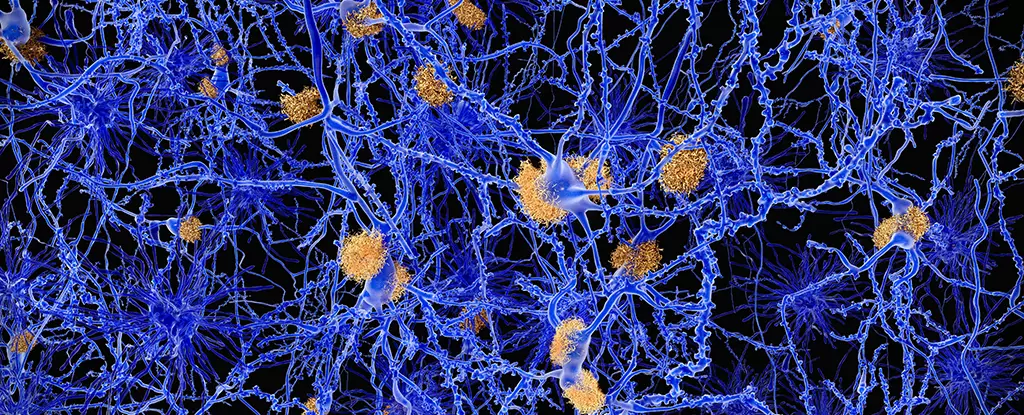The specter of neurodegenerative diseases looms larger as the global population ages, casting a shadow on families and lives as they grapple with the severe impacts of conditions like Alzheimer’s. These diseases, often characterized by the lurking presence of misfolded proteins, present a formidable challenge to both patients and medical professionals alike. It’s not just the loss of memory and cognitive abilities; it’s the emotional and psychological toll on loved ones. With an alarming statistic of 10 million new dementia diagnoses each year, one can’t help but reflect on the urgent need for revolutionary therapies that can halt, or at least slow down, such devastating declines. Recent advancements in nanotechnology perhaps offer a glimmer of hope, as researchers embark on groundbreaking treatments aimed at tackling these insidious diseases at their core.
Nano-Defense: A New Dawn in Treatment
Enter the emerging realm of nanotechnology, where tiny particles wield great potential against the grotesque manifestations of neurodegenerative diseases. Researchers have unveiled a novel approach leveraging peptide amphiphiles, molecules ideally suited for binding with both hydrophilic and hydrophobic substances. These nanomaterials transform the battlefield against Alzheimer’s, effectively trapping misfolded amyloid beta proteins before they can wreak havoc in the neuronal landscape. It’s a game-changing methodology that not only promises to inhibit the progression of Alzheimer’s but also redefines how we perceive treatment options.
Yet, what makes this development particularly tantalizing is the inclusion of trehalose—a naturally occurring sugar that has shown promise in preventing protein misfolding. The fusion of trehalose with peptide amphiphiles leads to a dynamic interaction that allows potentially destructive proteins to be ensnared effectively. This “clean-up crew” for misfolded proteins is a far cry from the traditional approaches that frequently address the aftermath of amyloid plaque formation rather than the roots of the problem. The implications of such a strategy could be transformative, potentially changing the narrative for millions affected by neurological disorders.
A Double-Edged Sword: The Dangers of Over-Optimism
While the excitement surrounding this research erupts, it’s equally vital to temper this enthusiasm with caution. Science is a journey fraught with challenges and setbacks, and while the early findings are promising, they are far from conclusive. The treatment’s ability to transition from laboratory to clinic remains to be seen. Questions still loom over the long-term efficacy and safety of these engineered nanomaterials in humans. Could they create unforeseen side effects? What if they fail to deliver on their initial promise? These uncertainties cannot be brushed aside in the face of hope.
Moreover, one must consider the economic implications of introducing such advanced treatments. With patents and proprietary formulations, there’s the risk of creating a pharmaceutical landscape where access becomes limited, further exacerbating health disparities. If nanotechnology yields a potent treatment, will it benefit the many or just the privileged few? Such ethical considerations must accompany scientific breakthroughs to ensure that the advances serve a benevolent purpose rather than deepening existing inequalities.
The Road Ahead: A Call for Holistic Innovation
Looking further down the road, the future of combating neurodegenerative diseases lies not merely in isolated advancements but rather in a holistic approach that encompasses research, ethics, accessibility, and education. Innovations in nanotechnology should be complemented with comprehensive public health strategies that ensure equitable access to emerging therapies. The collective effort of scientists, public policy makers, and healthcare professionals is crucial in addressing both the scientific and societal dimensions of these ailments.
As we stand on the threshold of what could potentially reshape our understanding and treatment of Alzheimer’s and other similar conditions, it’s imperative to acknowledge the complexities that accompany such breakthroughs. By committing to a future where technological innovation is guided by ethical perspectives, we can strive toward a world where neurodegenerative diseases are no longer a silent inheritance but potentially manageable challenges. The path to meaningful progress lies in our collective determination to ensure that the fruits of scientific labor reach every individual, creating a profound and lasting impact on the tapestry of human health.


Leave a Reply